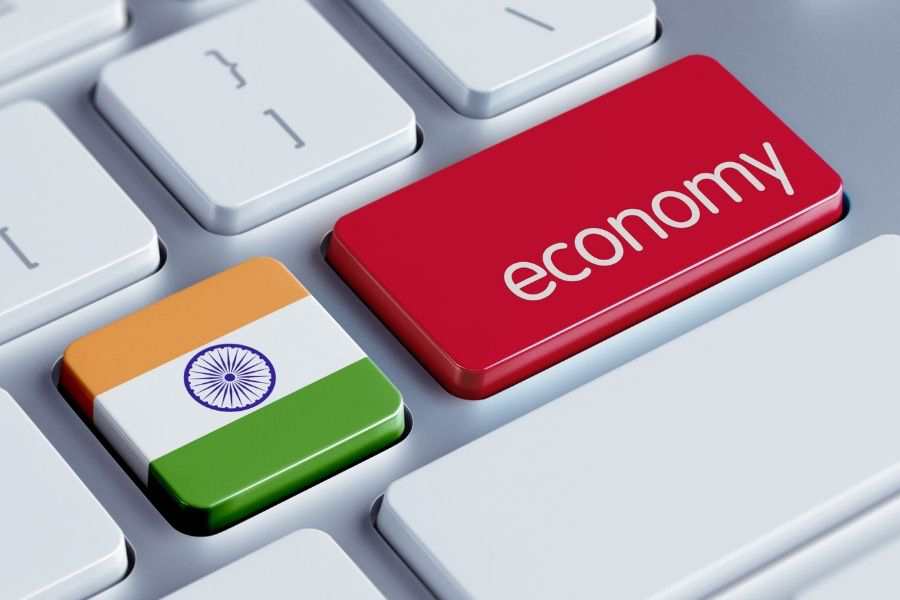National Logistics Policy: Transforming India into a logistic hub
The National Logistics Policy (NLP) has been designed for revamping the Indian logistics sector to enable the country to achieve its target of US$ 1 trillion export by 2030. The policy truly has the potential to be a game-changer in the country’s infrastructure transformation.
- India’s average logistics cost amounts to 14% against the global average logistics cost of approximately 8%.
- Further, logistics companies in the country have several operational inefficiencies. For example, coastal shipping is impacted by the poor port and land facilities and the inadequate depth at ports for the large vessels.
- The National Logistics Policy (NLP) primarily aims to envisions developing a- ‘technologically enabled, integrated, cost-efficient, resilient, sustainable and trusted logistics ecosystem for accelerated and inclusive growth’.
- The policy truly has the potential to be a game-changer in the country’s infrastructure transformation.

With global value chains becoming increasingly more entwined and India aspiring to be the epicenter of these GVCs, the importance of a robust logistics network cannot be emphasized more. Efficient logistics facilities enable businesses to derive several benefits that include cost-saving, growing their overseas presence, creating additional value and improving brand reputation and thereby, contributing to the economy’s growth.
The current status of Indian logistics industry
India’s logistics are estimated to account for about 14.4% of GDP and offer employment opportunities to over 22 million people. Nearly 60% freight cargo is transported through road and 32% is transported by rail. Interestingly, India’s average logistics cost amounts to 14% against the global average logistics cost of approximately 8%. Further, the movement of goods by road transportation mode is reported to be quite inefficient, because of poor road infrastructure, numerous checkpoints, and jams. On the other hand, the rail transport has saturated networks and calls for high tariff rates.
Logistics companies in India also face the issue of high turnaround-time for ships because of overcrowded berths and delays in cargo clearance/removal. Coastal shipping is impacted by the poor port and land facilities and the inadequate depth at ports for the large vessels. This discourages the large scale use of coastal shipping for freight movement. To put it in a nutshell, businesses lament about inadequate and low-quality modal and terminal transport infrastructure, inefficient and ill-designed storage facilities for cargo and containers and unproductive operational and maintenance protocols, lack of end-to-end connectivity and poor adoption/adaptation of technology. The other major issues include the complicated tax structure, the poor state of warehousing along with their restricting locations, the lack of full-scale adoption of new age digital technologies and scant skilled workforce.
National Logistics Policy: A gamechanger?
Taking cognizance of the state of India’s logistics, there has been quite a lot of emphasis laid on improving logistics by the government through initiatives like Sagarmala (2015) for shipping, Bharatmala (2017) for road and UDAN (2016) for aviation and Gati Shakti (2021) for multi-modal connectivity. The National Logistics Policy is the next significant move, at a time when India is fast emerging as a global manufacturing hub and has set an ambitious target of US$ 1 trillion exports by 2030. India is marching ahead to become a US$ 20 trillion economy by 2040 and a developed nation by 2047. The policy was launched on 17th September 2022, after three years of dedicated endeavour.
It particularly aims to bring down the logistics cost (currently 13-14%), to single-digit at the earliest, as higher logistics costs adversely impact the ‘competitiveness’ of India’s exports. The NLP also plans to increase efficiency in logistics services, and human resources. It envisions developing a- ‘technologically enabled, integrated, cost-efficient, resilient, sustainable and trusted logistics ecosystem for accelerated and inclusive growth’. Explaining the policy, Prime Minister Narendra Modi noted:
For Indian products to capture world markets, the country has to strengthen its support system, National Logistics Policy helps in making the support system modern.
NLP envisages-
- To reduce cost of logistics in India to be comparable to global benchmarks by 2030;
- To improve the Logistics Performance Index ranking, to be among top 25 countries by 2030 and;
- To create data driven decision support mechanism for an efficient logistics ecosystem.
Not only the reduction in logistics cost would be the priority, the policy-focus will also be on commensurate development of warehouses. The other embedded goals of NLP include digitization and automation across the logistics value chain, better track and trace mechanisms and, the promotion of standards.
The policy also envisages to support and raise the competitiveness of the Micro, Small and Medium Enterprises (MSMEs), and such industrial sectors like the Agriculture and allied sectors, the Fast Moving Consumer Goods (FMCG) sector and the electronics. For ensuring that the policy benefits have the maximum coverage, certain initiatives under the policy have simultaneously been taken by the government. These initiatives include –
- Unified Logistics Interface Platform (ULIP),
- Ease of Logistics Services platform,
- E-handbook on Warehousing,
- Training courses on PM GatiShakti and
- Logistics on i-Got platform,
To sum up, the NLP truly has the potential to be a game-changer in the country’s infrastructure transformation. India is sure to benefit from the policy’s comprehensiveness and flexibility in the coming decades. Not only with it modernize the logistics sector, the country is sure to benefit from the policy’s comprehensiveness and flexibility in the coming decades.













Leave a comment